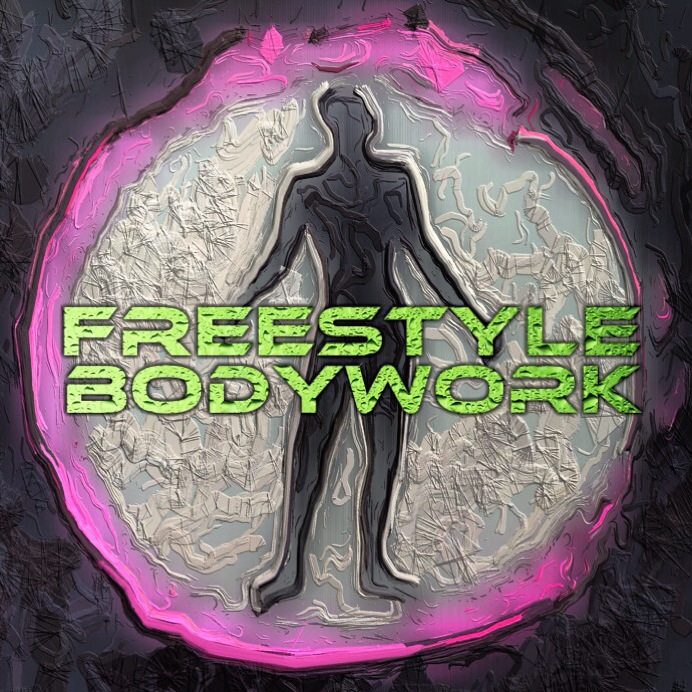The types of massage are Swedish, Structural Integration, and Rolfing

Body massages release the serotonin chemical which aids in helping you sleep more comfortably. Unhealthy levels of cortisol can lead to an increase in weight sleeplessness, insomnia, stomach troubles as well as headaches. Massage therapy can help reduce cortisol levels and promote relaxation and better mood. There is a great sense of well-being after the massage. However, don't think that the advantages from massage to last for a short time. These benefits will be long-lasting and can enhance overall health.
Structural Integration can be described as a unique type of massage than an ordinary Swedish one. This method is suitable for those who work long periods of time, perform repetitive motions or drive vehicles. It is not the same as the one that is relaxing. The practitioner will be focused on how you are sitting and what the environment looks as. This is a deeper massage that may be challenging for people with neck or back problems.
Apart from Swedish massage and shiatsu structural integration is a method of manipulating the fascia of the body which are the connective tissues that surround the muscles. The form of massage used is sometimes referred to Rolfing, and it's best for people with musculoskeletal issues. The process requires 10 sessions finish, each one focussing on a specific part that the human body. This method is best suited for people who have persistent pain and seek to address the root cause for the pain.
A different type of massage is known as structural integration. In order to re-align your body within the gravity field, the practitioner will use hands-on methods. Massage helps to arrange myofascia (the connective tissue surrounding the muscles) through massage. Doctor. Rolf found that layers are how our bodies function. Therefore, each layer needs both length and space. Massages of this kind helps improve self-esteem as well as wellness.

Go here The hands-on, soft tissue massage that addresses the structure of your body is called structural integration. This kind of massage is focused on the fascia, that surrounds muscles and shapes your body. An expert in structural integration uses a range of methods to align the fascia. It's not unusual to employ a range of techniques, including the use of deep stretching as well as constant pressure.
Structural integration involves a series of massage techniques to re-align your body's gravity field. The myofascia (connective tissues that connect the muscles) can be utilized as part of this approach. The practitioner can use different strategies to reach this goal. Clients may experience issues dealing with a specific muscle but a structural integration practitioner may employ a range of techniques to assist them achieve a more functional alignment.
Structural Integration involves manipulating the body's myofascial system, or the fascia that surrounds the muscles. The primary focus is on the underlying structure, or the fascia. The body's shape is determined by muscles and fascia. A structural integration massage employ a variety of methods to manipulate the tissues and help create a healthy structure. The structural integration specialist begins by stabilizing the patient's pelvic floor, and work towards the inner part of their legs.
A typical structural integration session can last between 10 to 15 sessions. The sessions focus on the superficial fascia. The integration phase is the fourth session. The last three sessions are targeted at the deep fascia. Treatment plans can only be successful after 10-13 sessions. To help you move better The practitioner may also give you a movement instruction. Structural integration has one goal in mind: improving your overall well-being. With no use of medication, a professional is able to provide you with treatment.
The myofascial system as well as the fascia, which surrounds the muscles form the focal point of structural integration. They rely on hands-on techniques and may require standing or sitting at various places to manipulate the muscles. Massage of this kind is typically a ten-session process. It includes the structural part, the integration phase, as well as the exterior of the legs, as well as the pelvic floor.
